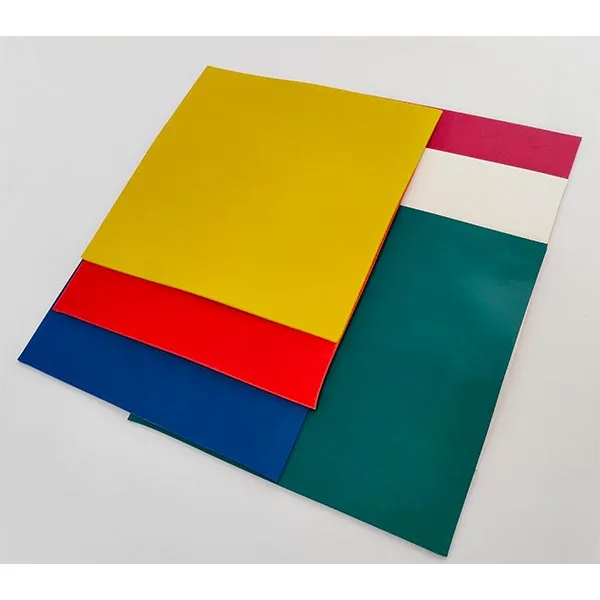Various Types of Door Bottom Seals for Enhanced Insulation and Protection
Understanding Different Types of Bottom Door Seals
Bottom door seals are essential components in many buildings, playing a crucial role in maintaining energy efficiency, comfort, and security. These seals are designed to close the gap between the bottom of a door and the floor, preventing drafts, dust, moisture, and pests from entering a room. There are several types of bottom door seals available on the market, each with its unique features and applications. In this article, we will explore the various types of bottom door seals, their materials, and their benefits.
1. Rubber Door Seals
Rubber door seals are among the most popular types. They offer excellent flexibility and durability, making them suitable for a wide range of doors, including exterior and interior applications. Rubber is resistant to weather conditions, providing a reliable barrier against water and air leaks. These seals can come in different profiles, such as tubular, flat, and T-shaped, allowing them to fit various door designs. Additionally, rubber seals are easy to install and maintain, making them a favored choice among homeowners.
2. Vinyl Door Seals
Vinyl door seals are another common option, known for their affordability and versatility. These seals are often extruded into various shapes and sizes to accommodate different door gaps. Like rubber, vinyl is resistant to moisture, making it ideal for areas prone to humidity. One of the significant advantages of vinyl seals is their color options; they can be produced in various shades to match the door color or aesthetic. However, vinyl might not be as durable as rubber and can wear out quicker under extreme conditions, so it’s essential to assess its suitability based on the environment.
types of bottom door seals

Brush door seals are designed with bristles that brush against the floor when the door closes. This design is particularly effective for keeping out small insects and drafts. Brush seals can be made from synthetic fibers or natural materials and are often used in conjunction with other types of seals to enhance their effectiveness. They are ideal for fitted doors, such as those in garages or basements, where a tight seal is necessary. They allow for smooth movement when opening and closing the door, making them perfect for high-traffic areas.
4. Automatic Door Bottoms
Automatic door bottoms are a more advanced option that combines practicality with enhanced functionality. These seals are mounted on the bottom edge of the door and automatically drop down to seal the gap when the door is closed. When the door is opened, the seal retracts back into the door, allowing for unobstructed movement. This type of seal is particularly useful in commercial settings, where maintaining a tight seal against noise, smoke, or drafts is crucial. They are often equipped with adjustable features, allowing for a customized fit and optimal performance.
5. Flap Door Seals
Flap door seals feature a flexible flap that hangs down from the door’s edge when it is closed, effectively sealing the gap. This type of seal is predominantly used for doors leading to storage areas or garages, as it allows for easy passage while still creating an effective barrier against drafts and pests. They are easy to install and can be made from either rubber or vinyl materials.
Conclusion
Choosing the right bottom door seal is vital for enhancing the efficiency and comfort of any building. While rubber and vinyl are popular choices for their durability and versatility, brush seals and automatic door bottoms offer additional benefits suited for specific environments. By understanding the various types of bottom door seals available and their respective advantages, homeowners and builders can make informed decisions that not only protect their spaces but also contribute to energy savings and overall comfort. Whether you are sealing off a drafty door or preventing unwanted pests, the right bottom door seal can make all the difference in ensuring a secure and pleasant indoor environment.
-
Under Door Draught Stopper: Essential ProtectionNewsJul.31,2025
-
Garage Door Seal and Weatherstrips for ProtectionNewsJul.31,2025
-
Edge Banding Tape for Perfect EdgesNewsJul.31,2025
-
Table Corner Guards and Wall Corner ProtectorsNewsJul.31,2025
-
Stair Nose Edging Trim and Tile Stair SolutionsNewsJul.31,2025
-
Truck Bed Rubber Mats for Pickup BedsNewsJul.31,2025
-
Window Weather Stripping for Noise ReductionNewsJul.29,2025